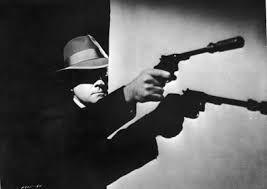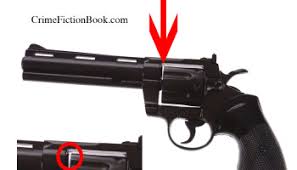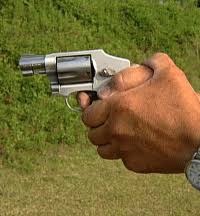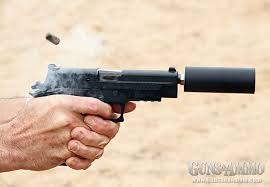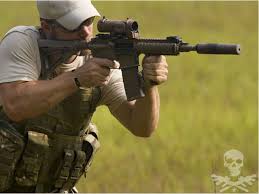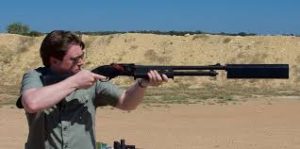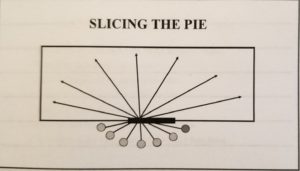If we’ve run into each other at an event, you might have noticed that I’m not a very shy guy. In fact, I am the classic extrovert–one who draws energy from being around other people. I love getting to know people, listening to their stories and picking their brains. It’s the rare person, I find, who doesn’t have an interesting story to share about their life.
What I’m not good at is asking people to do things. I’m not a closer. It’s difficult for me at a book signing to end a chat with a potential customer by asking how many copies they would like to buy. Personally, I don’t think it’s a fear of rejection as much as it is a desire not to inconvenience the other party. And as I wrote that last sentence, yes, I see that that is likely my rationalization of a fear of rejection.
This hesitation on my part will be brought into high relief soon when I live up to my offer to spearhead a fundraising drive for the RiteCare Scottish Rite Childhood Language Program. (This is NOT a solicitation for contributions.) I’ve never approached a wealthy friend and asked for money, even for a great cause, and I find the prospect rather daunting.
I reached out to my friend Lynda who runs the YouthQuest Foundation for some advice, and her very first bit was to buy a book called Rejection Proof: How I Beat Fear and Became Invincible Through 100 Days of Rejection by Jia Jiang. It’s a quirky little book that might not be for everyone, but there are a few sections that I think are particularly worthwhile for writers. For me, the central idea boiled down to some obvious themes that come as no surprise: Rejection is about the request being made, not about the person making it; and expectations often become reality. If you expect a no, that’s likely what you’ll walk away with.
But the part of the book that got me to thinking is where it points out that in most cases, the person being approached is as nervous about the request as the requester is of rejection. Rejection does not exist in a vacuum. It is always one part of a two-way communication. My challenge will be to combine my natural gregariousness with an offer to help a good cause, packaged in a way that the person on the other end of the conversation will feel great about saying yes.
So, what does this have to do with writing? I’m glad you asked.
Last Sunday, I did a book signing at the fabulous Fountain Bookstore in Richmond, VA. It’s a pretty small place, and there I was in a chair at a table at the front of the store, right where customers had to trip over me to get by. I always find it interesting just how many ways customers will actively avoid the gaze of the guy sitting next to a pile of books he wants to sell.
And I get it. They likely don’t have a clue who I am, and if they’re in the store for a children’s book, or a title by Toni Morrison, they don’t want to hear a pitch that they know they will ultimately say no to. It makes them feel uncomfortable. Remember, this rejection equation equalizes on both sides. Call it social algebra.
At one point, an older gentleman entered the store, and when the always-excellent sales staff approached him and told him that an author was there and he’d love to sign a book for him, the guy–who turned out to be a fellow named Willard–said, “We’ll see,” and he started wandering the shelves.
What’s the point of reading a self-help book if you’re not going to put the strategies to good use, right? So, I threw caution to the wind. I left my station, walked up to him and said, “Hi, I’m John Gilstrap, a visiting author. Zero pressure to buy a book, but I’d love to shake your hand.”
He beamed. We chatted for a few minutes. He asked me what Scorpion Strike was about. When it came around to the fact that I’m a native Virginian, he was sold. He bought a book from me–a guy he knew–and I inscribed to to a guy I now knew as well.
Then there was the lovely lady named Bambi, who came into the store with her ancient beagle, Max. Bambi was on a mission. She told the manager that she wanted the two best children’s books for kids of a very young age. They were gifts, and she wanted them wrapped. While they discussed kids’ books, I made friends with Max. Bambi and I talked a little about dogs, and when she asked me if I was from Richmond, I told her no, that I was from Fairfax. It was at that moment that it dawned on her that I was the author who’d been mentioned to her when she first arrived.
Turns out that she personally likes thrillers, but she wasn’t there with the purpose of buying a book for herself. She was concentrating on kid-lit. Once her focus shifted, she became interested in me and my writing, and she bought a book–likewise from a guy she now knew, without any pressure from me. I inscribed it to Bambi and Max, and she seemed genuinely touched.
Now here’s the big lesson: As predicted in Rejection Proof, both of those transactions were actually fun for me, and I presume for the others as well. Zero stress. Asking for the order is not about pushing a thing, it’s about interacting with people you like and trust, even if the relationship is only a few minutes old.
So, what about you, TKZers? Does asking for stuff make you squirm? Do you want to share any strategies for screwing up the courage to make the effort?
.

